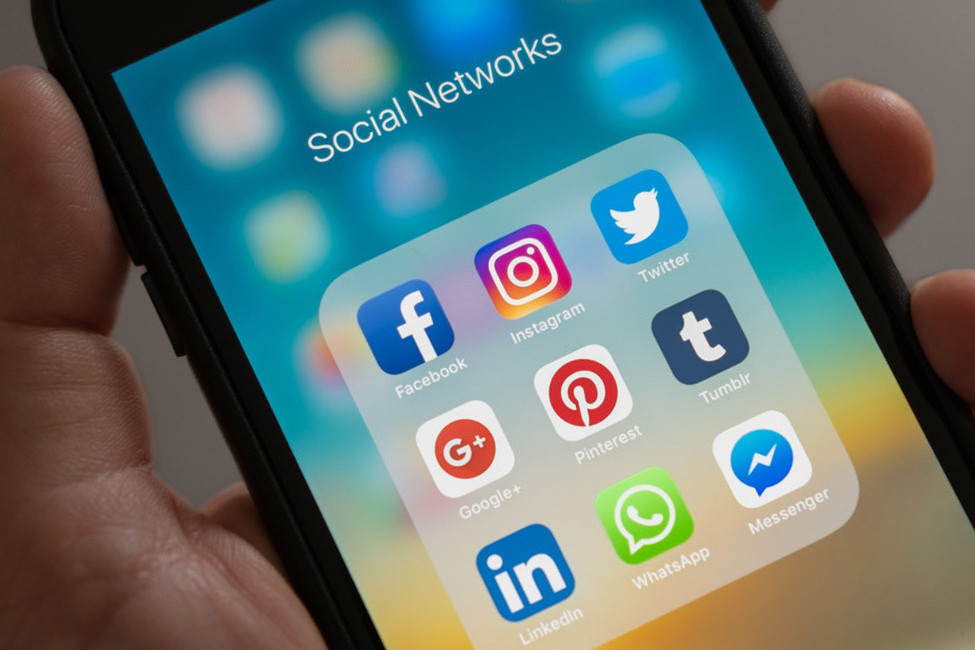Straddling the Virtual and Real Worlds
The social media phenomenon has become a massively critical aspect of the lives of about one-half of humanity in less than a single decade. The speed of change did not give us a chance to reflect what that is doing to our identities. How often have you asked yourselves lately: “Do I need to behave on social media differently from the way I behave in the physical world—what some refer to as ‘the real world,’?” How would my social media behavior today affect my important life decisions tomorrow?,” “Am I aware, at all, of my identity as I go about doing what I normally do on social media?”
In the real world we typically interact with groups of various sizes. We may have a lot of one-to-one interactions, many one-to-few interactions and only very few one-to-many interactions. Social media interactions are different in that most interactions are one-to-many. Pairwise messaging is not the hallmark of social media. While in everyday life we are very adept at one-to-one relationships, most of our social communications are one-to-many communications, not necessarily because we intend them to be that way but because of the inherent structure of social media.
Your ability to put forth a desired identity is severely hampered In the one-to-many world of social media. Once your message is out there, it may become available to any future interested party other than the audience you had in mind when composing the original message, posting the specific photo, or resending a message you liked or wished to endorse. In social media, your identity is available to intended as well as unintended audiences.
This unique situation raises a few fundamental questions you never had to ask yourself in the physical world, such as:
- What is the identity, or image, I project on social media?
- What are the components or facets of that identity and how do they differ from the facets or dimensions that define my real-world identity?
- How do I measure up relative to my social media peers, I.e., people who are most similar to me?
- How satisfied am I with the identity I project on social media? Does it match my expectations, I.e., what I thought my identity would be in the eyes of members of my network?
- How can I control my social media identity to serve my goals and objectives, now and in the future?
The critical question facing us is: How to measure social media identity and how to express that measurement in an accessible form that can help us control the projection of our desirable and true identity when the need arises?
The HOO-R-U Profile solution is unique, informative and eminently useful because:
- It identifies and specifies the critical dimensions that capture the essence of social media identity reflecting behaviors, values, attitudes and motivations and it does so by means of numerical profiles in the range 1-100 that are easy to interpret and compare across individuals.
- The identity measurement is based on behavioral, attitudinal and value elements that are important to the individual social media user whose profile is displayed. That is accomplished by allowing individuals to give differential weights to each attribute provided by them rather than using an average that suppresses interpersonal differences. As a result, two individuals who differ, say, by how highly they value the importance of influencing others but who are perfectly matched on everything else may exhibit different HOO-R-U Profiles.
- It expresses one’s status relative to its relevant demographic group resulting in a profile that can be easily understood in its social media context where billions of people are competing for attention and status.
Summary
HOO-R—U Profile is a useful social media tool. It informs regular social media users of the identity they project to their defined social networks as well as to other parties that may obtain access to their postings—often with users’ consent and permission and sometimes surreptitiously.
It is important for social media users to understand the differences between the virtual and the real world and to use the tools needed to successfully navigate either realm.



